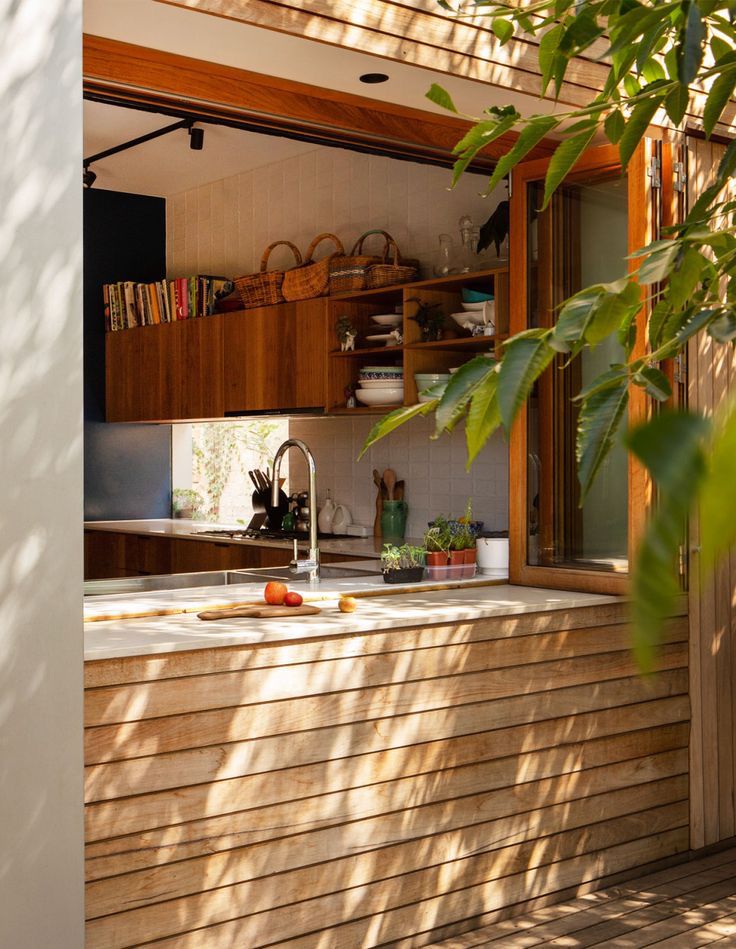When it comes to home renovation, choosing sustainable building materials isn’t just a trend; it’s a responsible choice that can significantly reduce your environmental impact. Whether you’re planning a small upgrade or a major remodel, integrating eco-friendly materials into your project is a step towards a more sustainable and energy-efficient home. In this article, we’ll explore how to make your home renovation more eco-friendly, introduce you to sustainable building materials, discuss government incentives for green renovations, and highlight the benefits of energy-efficient windows.
How to Make Your Home Renovation More Eco-Friendly
- Plan with Sustainability in Mind: Start your renovation by setting clear sustainability goals. Consider factors like energy efficiency, water conservation, and the use of eco-friendly materials. Your planning phase is crucial to ensure a greener outcome.
- Choose Sustainable Materials: Opt for materials with lower environmental footprints. Look for certifications like LEED, FSC (Forest Stewardship Council), or Cradle to Cradle for guidance on eco-friendly choices.
- Energy-Efficient Appliances: When upgrading your appliances, select Energy Star-rated models. These appliances are designed to consume less energy while providing the same level of performance.
- Water Conservation: Install low-flow faucets, showerheads, and dual-flush toilets to reduce water consumption. Collect rainwater for outdoor use to further conserve this precious resource.
- Proper Insulation: Invest in high-quality insulation materials to maintain a comfortable indoor temperature and reduce heating and cooling energy consumption.

Sustainable Building Materials for Home Renovation
Now, let’s delve into some sustainable building materials that you can consider for your eco-friendly home renovation:
- Bamboo Flooring: Bamboo is a rapidly renewable resource that makes an excellent alternative to traditional hardwood flooring. It’s durable, stylish, and can be sustainably harvested.
- Reclaimed Wood: Salvaged or reclaimed wood from old buildings, barns, or shipping pallets can add character and charm to your renovation while reducing the demand for new timber.
- Recycled Glass Countertops: Countertops made from recycled glass are not only beautiful but also eco-friendly. They divert glass from landfills and incorporate it into a durable surface.
- Cork Flooring: Cork is harvested from the bark of cork oak trees without harming the tree itself. It’s a sustainable and comfortable flooring option with natural insulation properties.
- Recycled Metal Roofing: Metal roofing made from recycled materials is long-lasting, energy-efficient, and can be recycled again at the end of its lifespan.
- Sustainable Insulation: Opt for insulation made from eco-friendly materials such as recycled denim, sheep’s wool, or cellulose insulation made from recycled paper.
- Low-VOC Paints: Traditional paints can emit harmful volatile organic compounds (VOCs). Choose low-VOC or zero-VOC paints to improve indoor air quality during and after your renovation.
Government Incentives for Eco-Friendly Home Renovations
Many governments and municipalities offer incentives to encourage homeowners to adopt eco-friendly renovation practices. These incentives can include tax credits, rebates, and grants. Be sure to check with local authorities to see what programs are available in your area.
Benefits of Energy-Efficient Windows in Home Renovation
Energy-efficient windows are a vital component of an eco-friendly home renovation. Here’s why they matter:
- Energy Savings: Energy-efficient windows are designed to minimize heat transfer, keeping your home cooler in summer and warmer in winter. This reduces your reliance on heating and cooling systems, ultimately lowering energy bills.
- Reduced Carbon Footprint: By reducing your energy consumption, energy-efficient windows help reduce greenhouse gas emissions, contributing to a more sustainable planet.
- Enhanced Comfort: These windows provide better insulation, reducing drafts and temperature fluctuations, which leads to a more comfortable living space.
- Improved Resale Value: Energy-efficient upgrades, including windows, can increase the resale value of your home. Potential buyers are often willing to pay more for homes with lower utility costs.

In conclusion, making your home renovation more eco-friendly is not only good for the environment but also for your comfort and finances. By planning with sustainability in mind, choosing sustainable building materials, exploring government incentives, and incorporating energy-efficient windows, you can create a greener and more energy-efficient living space. As responsible homeowners, it’s our duty to make choices that benefit both our families and the planet we call home.

